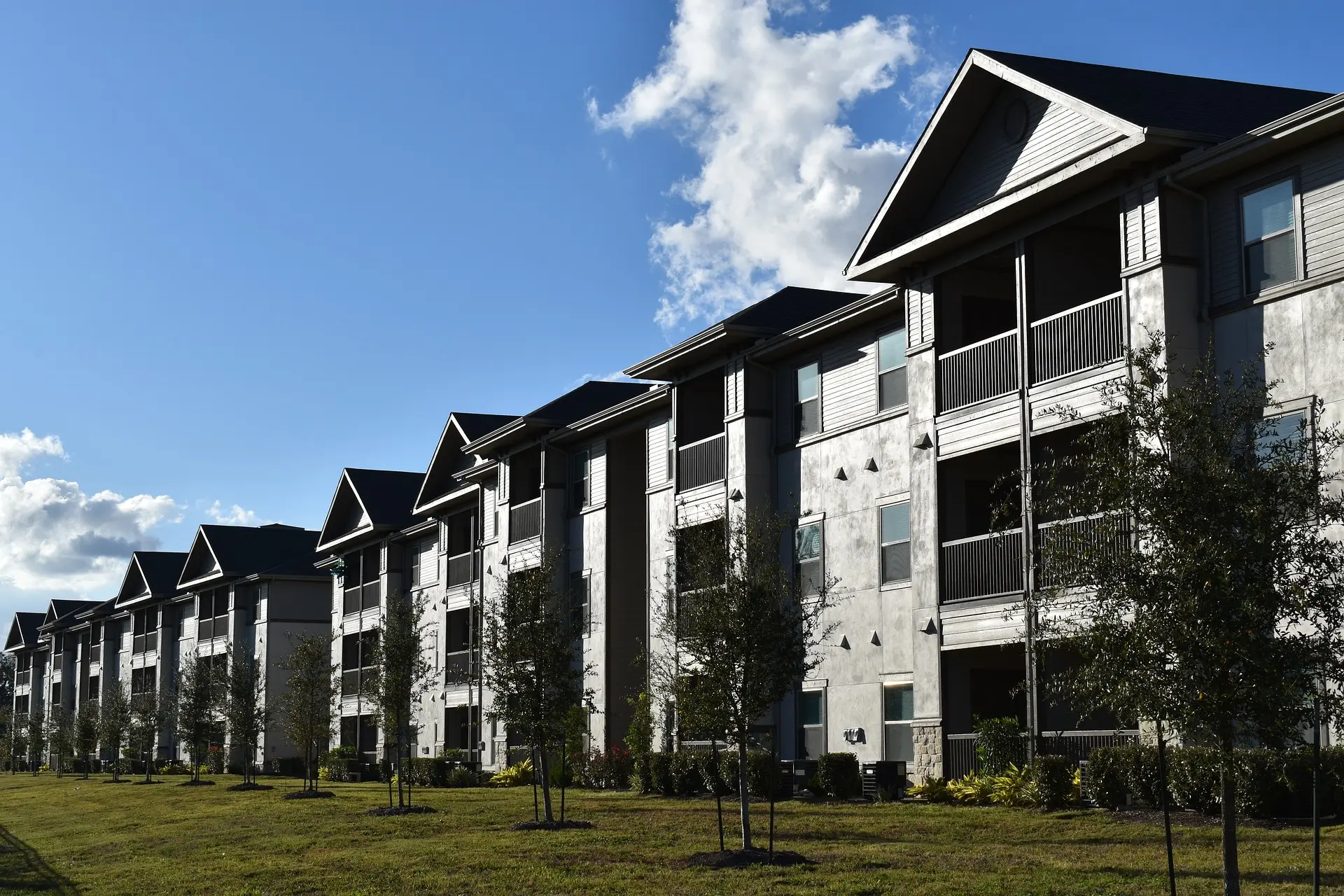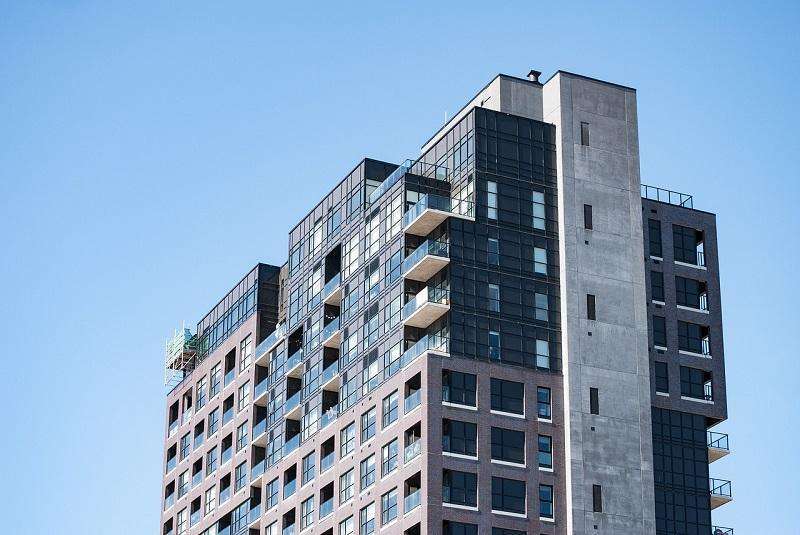In 2022, the Federal Reserve raised interest rates seven times, prompting industry leaders to anticipate further hikes in 2023. A recession was expected to be on the horizon, with inflation remaining high. As a result, multifamily owners began taking preemptive actions to reduce costs to prepare for a challenging economic period.
Recessions are nothing new to the American economy, and some industries have proven resilient during even the most challenging times. The multifamily property industry has shown this resilience through five recessions in the last forty years while also surviving a global pandemic that crippled many other sectors.
What strategies are owners and operators in the multifamily industry employing today to maintain their profit margins in the face of volatile economic times? Here are some ways to sustain success in the multifamily sector despite uncertain financial conditions.
Recession pushes multifamily toward prop-tech.
With a possible recession looming, the future of the multifamily property industry may appear uncertain. But if past performance is any indication, the future is brighter than you might think. Owners and operators will inevitably need to implement cost-cutting measures to survive. However, a recession presents a unique opportunity that, if seized, can help businesses secure long-term growth and sustained profitability.
After two years of remarkable growth, the multifamily industry is now experiencing the effects of a slowdown. While rents had been steadily rising, they are now stabilizing, leading owners to search for ways to recover their diminishing operating income.
One solution that many owners gravitate toward is PropTech. PropTech effectively increases efficiency and appeals to tenants, allowing property owners to stay competitive in the market despite economic changes. This is evidenced by the 82% of residents wanting to live in apartments with intelligent devices.
Investing in thoughtful amenities, such as intelligent access control, smart thermostats, and self-guided tours, became popular during the COVID pandemic. At the same time, more than 62% of property managers consider optimizing their operations to gain efficiencies as one of the biggest challenges they face. Intelligent tech-enabled automation can increase operational efficiencies and reduce staff payroll while effectively maintaining the property.
Self-guided tours also allow for extended viewing hours, and more prospects can be hosted on average. This generates more turn-around opportunities, which can increase lease signings and help properties stay competitive despite market turbulence.
PropTech doesn’t just address resident demands. It addresses the needs of owners and operators to reduce costs, appeal to tenants and streamline operations.
Stability during volatility
As the market fluctuates and rents flatten, business owners in every sector will look to cut costs however they can. Time and time, multifamily owners have restructured their operations with intelligent tech to maximize property efficiency and solidify their resilience in uncertain conditions.
Intelligent automation technology, for instance, allows owners to centralize their leasing operations and decrease the number of employees needed to run each of their communities. Powerful self-guided touring technology and intelligent access control systems allow staff to grant prospective residents on-site access remotely and with just a few clicks. No longer do properties need to over-hire to maintain their performance; in fact, many communities experience greater NOI after automating just a portion of their day-to-day operations.
This concept also applies to site-wide energy management. Smart thermostats can be placed inside vacant units and modified by staff remotely, reducing the labor required to adjust settings manually. More significantly, each property can dramatically reduce its energy consumption in these unoccupied units by toggling smart thermostats off when not in use. These immediate savings are a valuable way to offset the adverse effects of a recession.
Residents can save on their energy bills if they have smart thermostats installed in their apartments. They can precisely manage their year-over-year energy usage to deduct as much as 10% to 12% from their heating bills and 15% from their cooling accounts. By providing value to your residents through these savings, you’ll increase your retention rate, which becomes even more critical to your success when attracting new residents becomes more difficult.
Recession equals opportunity growth.
Multifamily owners can earn an advantage over their competitors during a recession by upgrading their legacy buildings with intelligent tech.
While a pool and tennis court are nice community perks, data consistently shows that today’s renters are primarily attracted to innovative tech amenities that make their day-to-day lives easier. Smart tech appeals to today’s renters because it offers them instant conveniences without stress and from anywhere. Meanwhile, owners who implement smart tech manage their assets more efficiently, retain more residents on average, and decrease operational drag and overhead costs.
Given its unique value and benefits, smart tech should no longer be considered a “secret weapon” but an essential tool for multifamily owners and operators to implement, regardless of market conditions.








